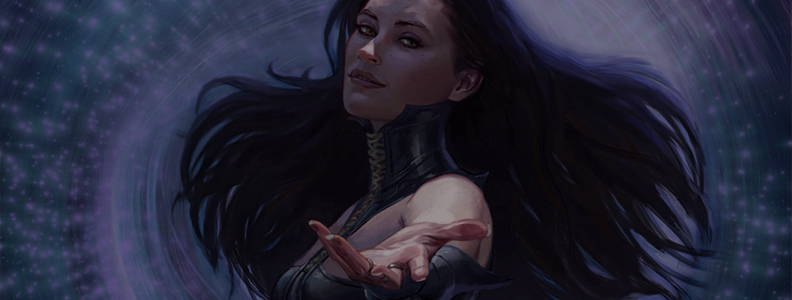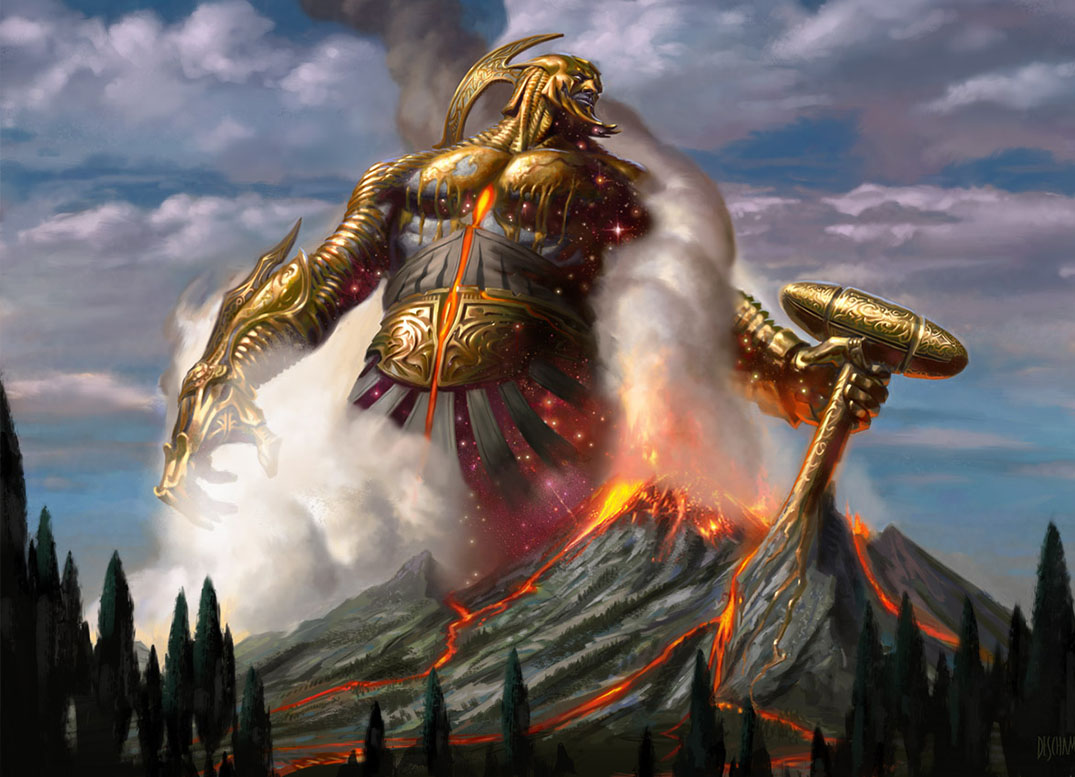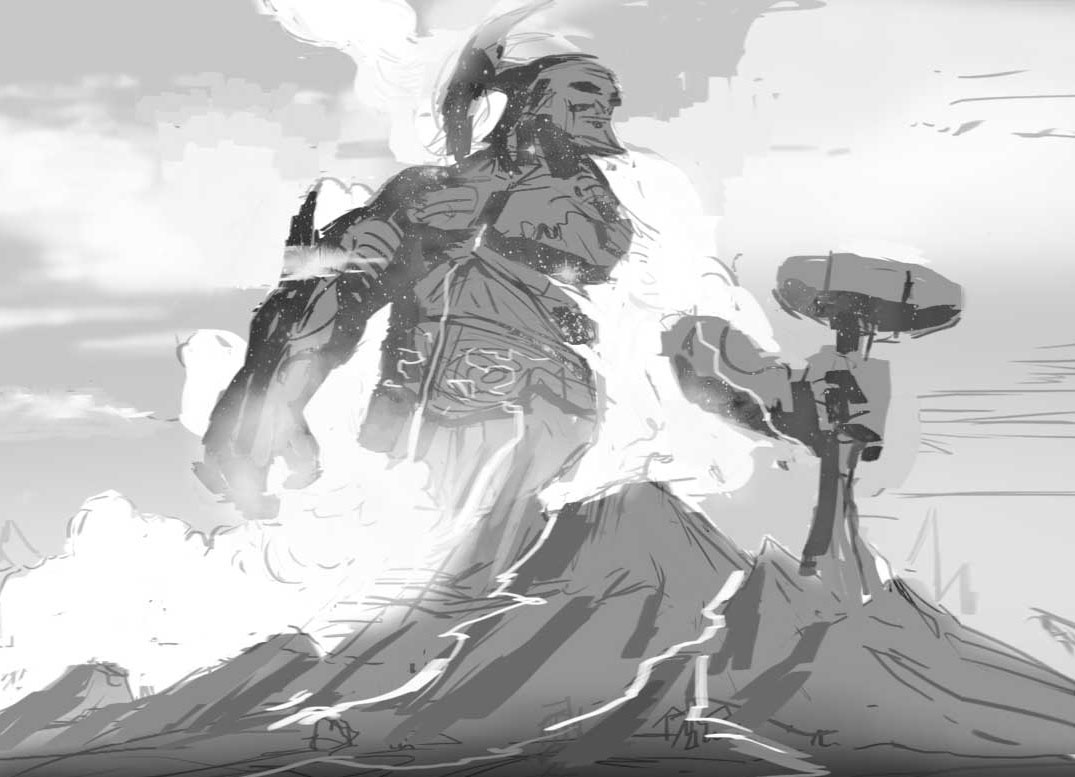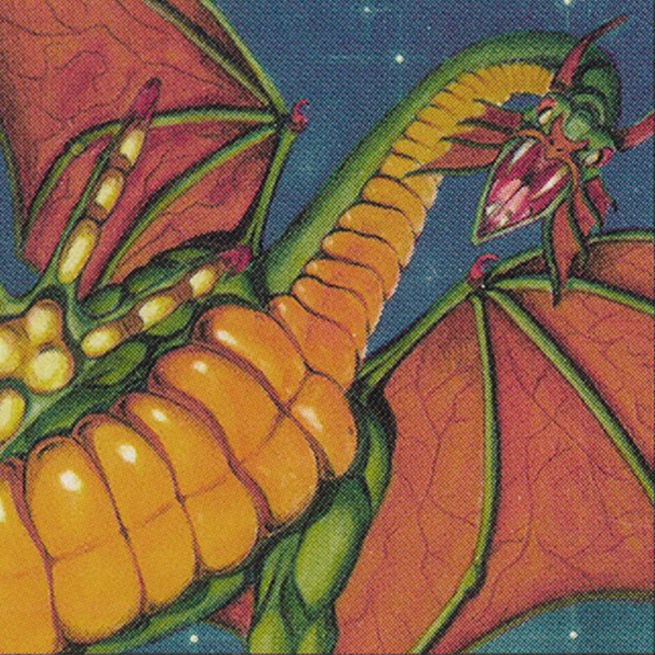Welcome to our artist interview series 'There's no Magic without art'!
We're excited to share today's interview with Eric Deschamps, who illustrated 166 Magic cards since Unhinged (2004), including Brazen Borrower, Dack Faydan, and many other fan favorites.
Here's what Eric told us!
Tell us a little about how you became an artist.
At a young age, I spent a lot of time drawing from comic books and drawing Voltron lions. Movies like the Dark Crystal, The Secret of Nimh and Star Wars cemented my interest in fantasy art. I think it was a natural progression for me to attempt a career out of something creative.
After college, I started out as a motion graphics designer for television which was enjoyable in itself, though not as fulfilling as drawing and painting all day could be. I decided to make a transition into becoming a full-time freelance illustrator.
Looking back, I think what lead me to become an illustrator or more importantly kept me going as an illustrator was an appetite to solve problems. The academic drawing and initial idea generation part was always frustrating, but once I got started, trying to figure out a way to the finish line – no matter how bad the piece currently was – kept me going.
What was your first card assignment?
Goblin S.W.A.T Team from the Unhinged set. Aside from being my first card assignment, it was also my first professional illustration job. Starting on a light-hearted set like Unhinged may have taken a little of the pressure off, so I am grateful for that.
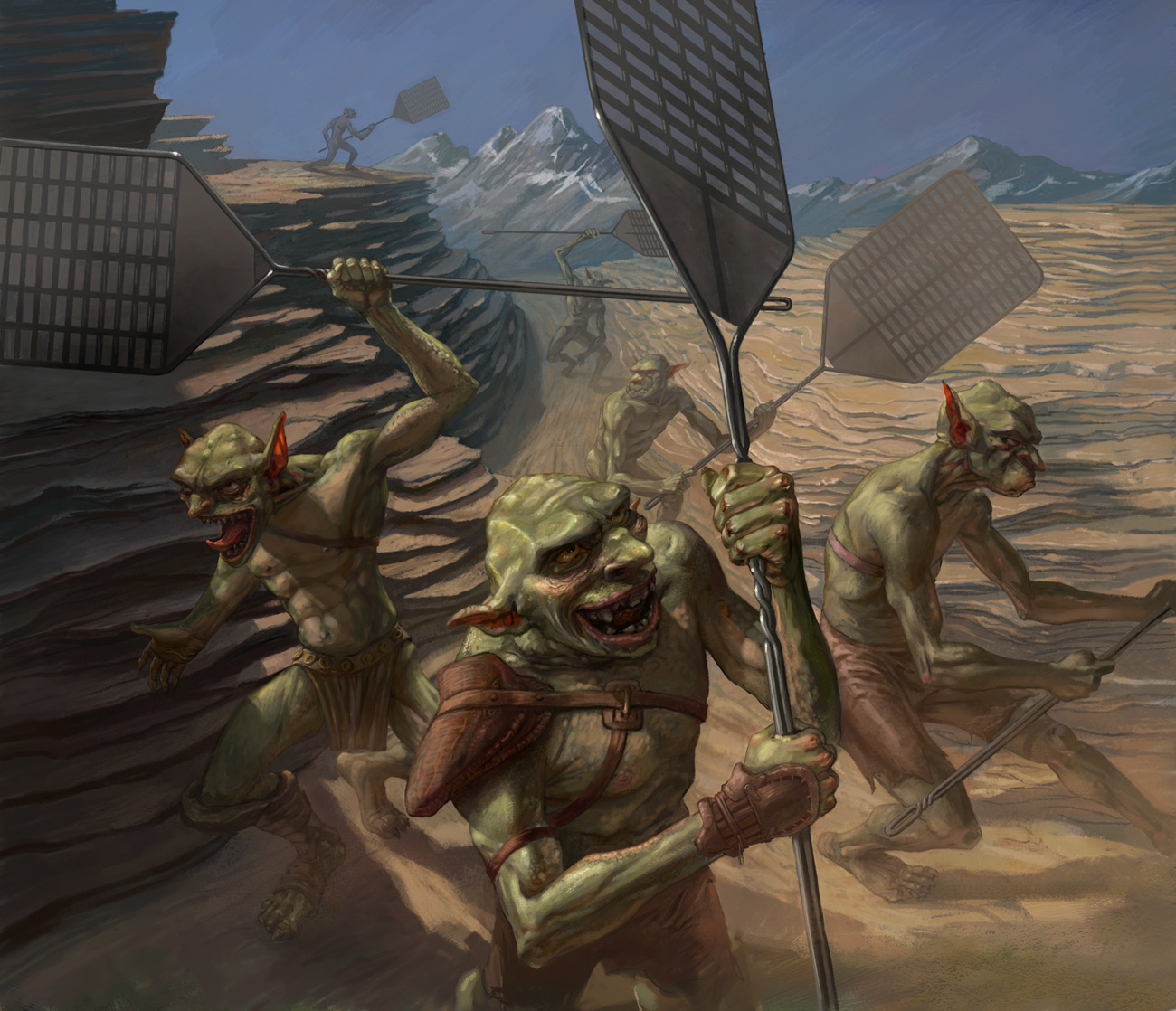
Give us a brief description of your painting process.
After reading the description, I sit down to a sketchbook and work on a few small thumbnails. They are not for others to see, so I rarely finish the thumbnails. Often I only put down a few lines before moving on, realizing the idea isn’t going to work.
From there I scan in the few thumbnails I am interested in and print out a larger version of it. I use tracing paper over top of the print-out. Sometimes I do the same basic process but without the print-out, staying in Photoshop. Once I have a rough drawing in place I will lay color underneath the drawing in Photoshop with the drawing set to multiply.
I take that as far as I can, then flatten any layers and paint on top to finish the image. Anytime I feel stuck during the process, I search the internet for visual reference or go out and shoot my own photos. On occasion, I will also pose basic 3D models.
What makes for a great art description?
I like art descriptions that help the illustration tell a story, rather than art descriptions that only dictate details that end up boxing the artist into a corner.
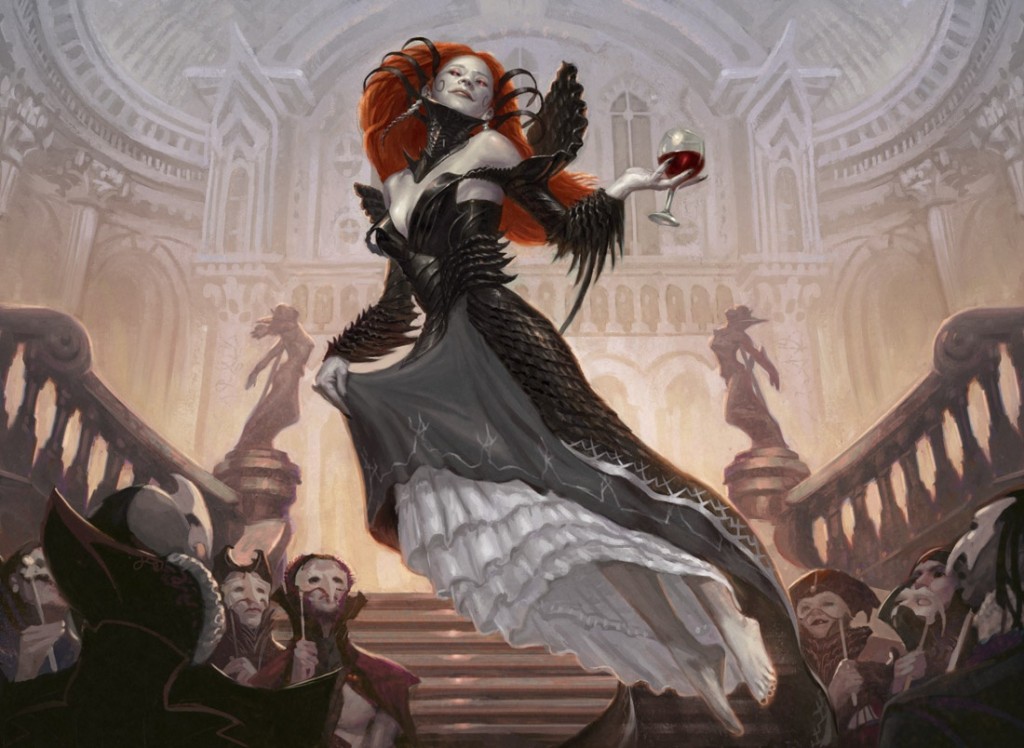
I like the gods you did for Theros. They’re majestic, somewhat contemplative, and I love the way they blend into the world. How did you tackle these assignments?
Working on Theros cards was not a typical situation. I had the opportunity to act as part of the concept art team at the Wizards headquarters for that set.
Because of this, I was much more familiar with the characters and the world itself than usual. When working on the gods I tended to concentrate on achieving the scale of the gods as well as getting them to merge with their landscape.
You did another take on Purphoros for Theros: Beyond Death, this one showing a more aggressive pose and scene with the erupting volcanoes. Do you like revisiting pieces you did in the past?
In illustration, I find creating sequel art difficult but an engaging challenge. When you have put everything you had into a character the first time around, what is left for the sequel? Fortunately, I am able to allot a much larger portion of time to this problem. The first time around, a large block of time is spent learning the character, I can skip that with the sequel.
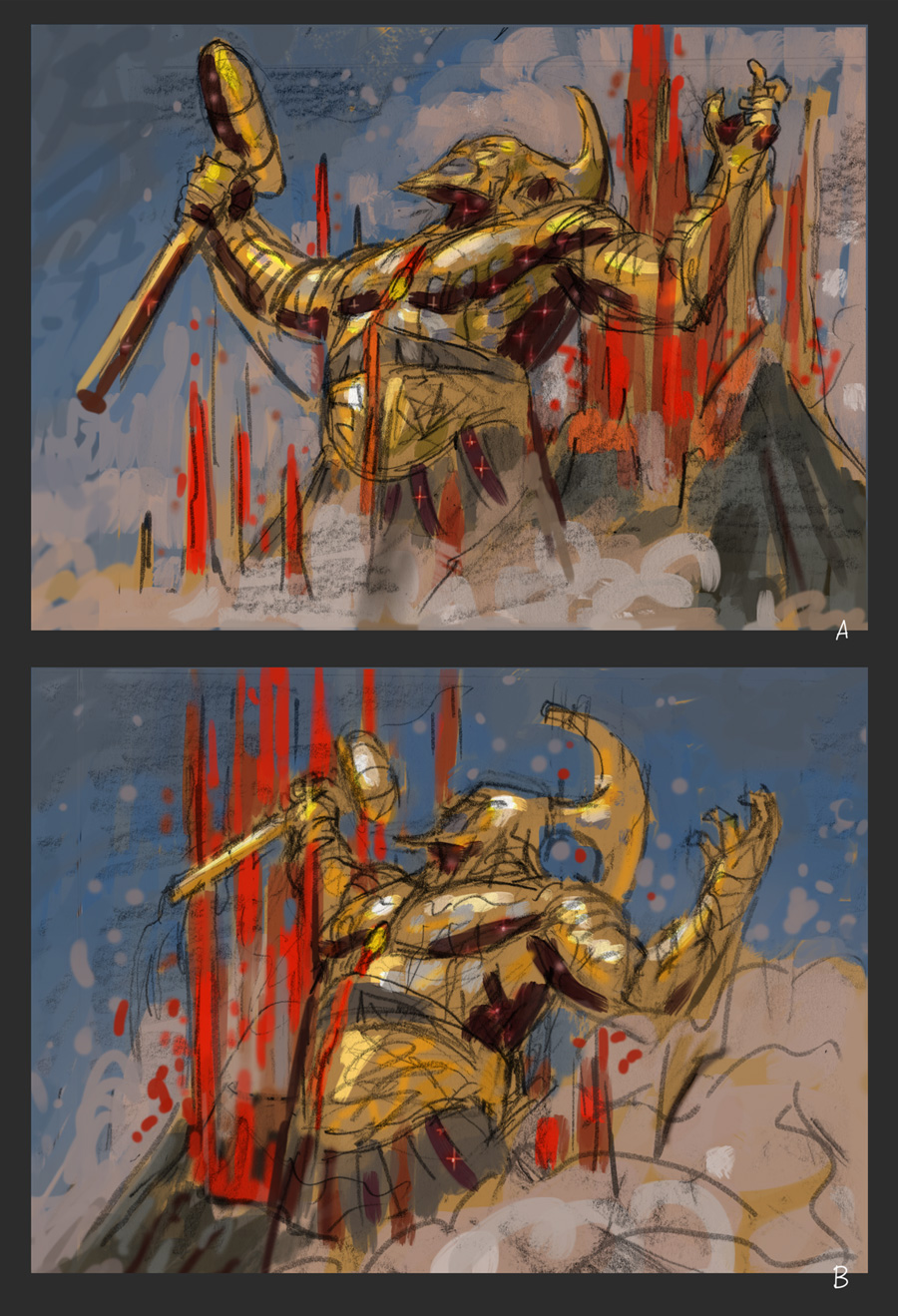
Vanquish the Foul has a complex composition, with the many faces of the hydra attacking from different angles…
I was very happy to receive that art description. The hydra is an enormous creature capable of taking over a composition, conveniently obscuring any complex background I would normally have to paint! I am sure I was glad for the break. Having long tentacle-like necks to weave in and out of a composition is a lot of fun and provides endless possibilities.
I also love everything about the San Diego Comic-Con 2016 Planeswalkers.
Thank you! I am very happy with how they came out. Jace eating his own brain, Chandra being burnt to a crisp, Gideon being strangled by his own weapon – the Wizards staff concocted some really fun art descriptions for this project. Thank you to whoever came up with those ideas, otherwise the cards wouldn’t have been nearly as successful.
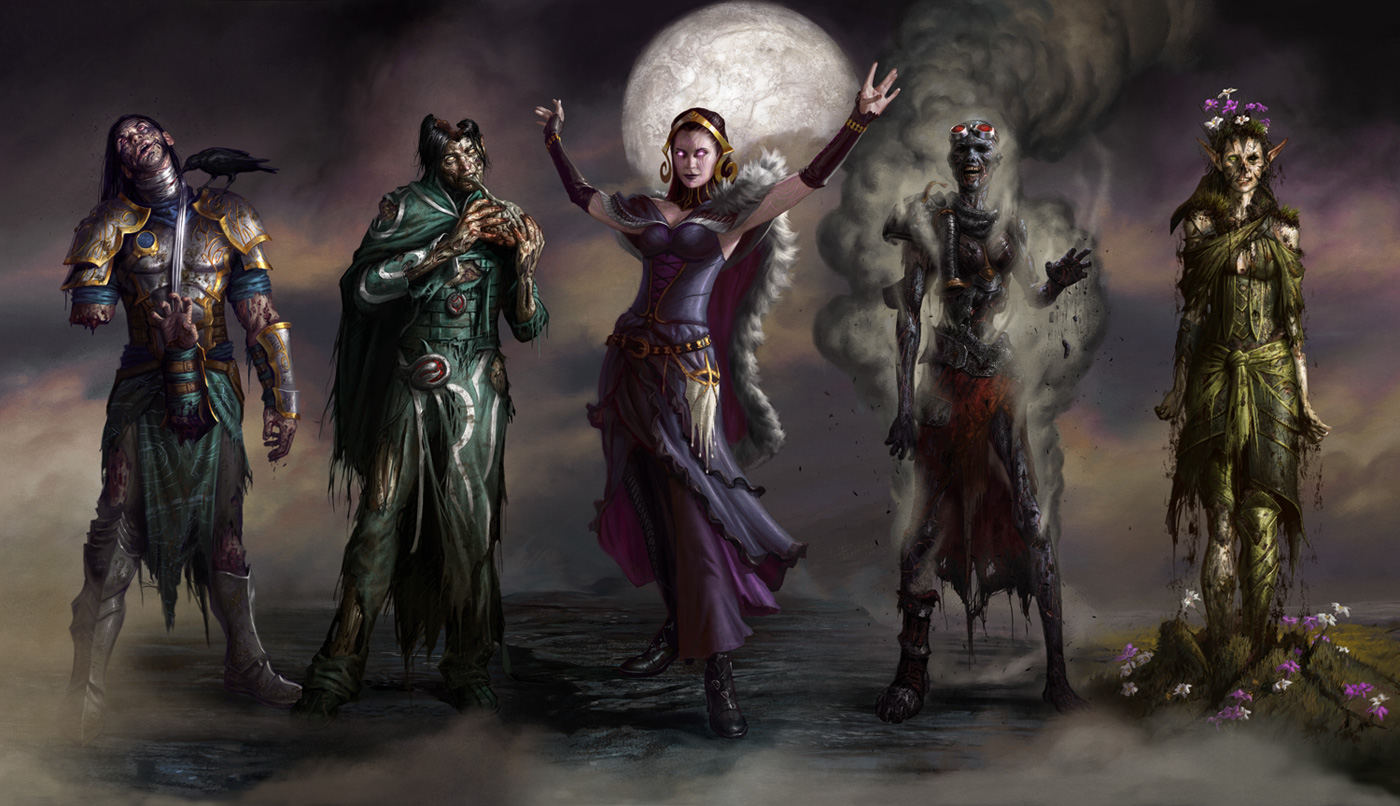
What’s something few people noticed about one of your artworks?
Most Magic players have noticed that "Taranika, Akroan Veteran” is standing in front of a statue of Gideon, but I am not sure if anyone has noticed that the design on the metal plate at her waist is a motif taken from Gideon’s shield.
What were some of the most challenging cards you painted, and why?
I was asked to paint the “key art” for Dragon’s Maze which was very exciting. Though, when I received the art description, panic set in. At the time, what I was most fearful to take on in any illustration was a cityscape.
The art description read. "A dizzying shot of a planeswalker against a labyrinthine city backdrop.” I was frustrated how that fear held me back in the past, so I convinced myself to dive into the new illustration with no reservations. It took me at least a month and a half to illustrate.
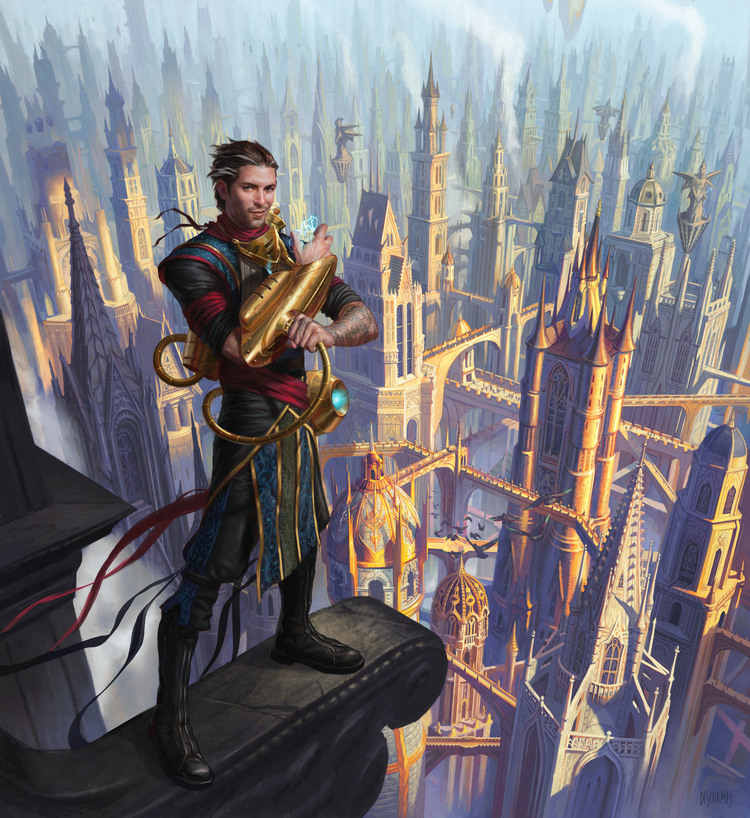
On average artwork for Magic takes me 5-6 days to complete, so this was quite a lengthy amount of time to spend on one image. It was worth it, as I am not hesitant to take on cityscapes and architecture as I was before. Wizards liked the background so much that they asked me to paint Ral Zarek out of the image so that they could use it as a Ravnica promo Plains card.
On the other hand, what were the smoothest paintings, from the art description to the final piece?
Recently, Brazen Borrower went very smoothly. For me creating artwork can be similar to playing sports, where I can get into a zone where the shots are just going in and I am not overthinking things.
I wish I had a surefire way to get into that mindset on demand. When that rare occasion hits, I know it, and I try to ride the wave as long as possible. I was much more painterly in the way I approached the fairy with Brazen Borrower. As a result I zoomed through it.
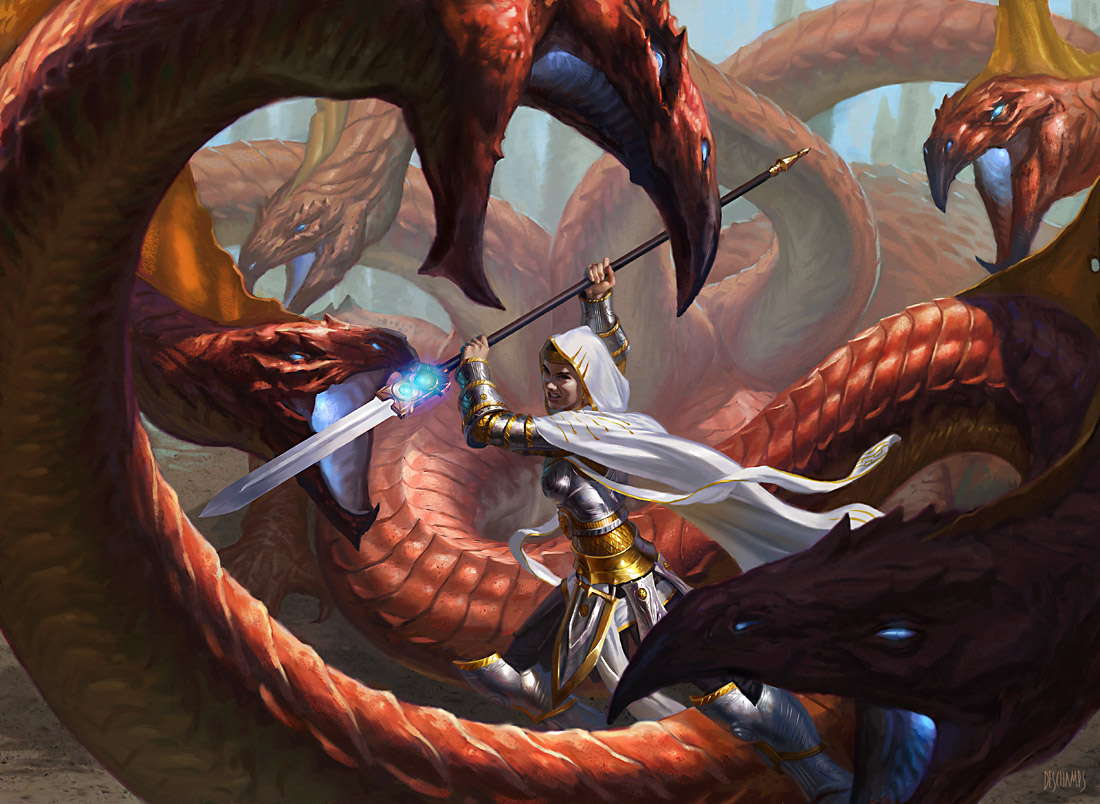
Of the art you made for Magic, can you name some favorites?
Venser, the Sojourner was the first really important magic card I was commissioned to create, so that one is special. All of the liquid metal in the piece was a challenge to render. Ajani, Wise Counselor is another favorite for me. It may not be a powerful planeswalker card, but I am happy with my representation of Ajani. It is tough to get the right balance of humanoid and realistic lion for his face.
Where can our readers find more about your work?
www.ericdeschamps.com - Instagram: @deschampsart - Twitter: @deschampsart
